Systems
Research & Innovation Layer 1
The Systems layer considers the entire energy system, consisting of the electric power system with relevant extensions. The activities within this R&I layer will be performed by an interdisciplinary team of academic and industrial experts active in the area of power systems, power electronics, energy systems, business networks and related business models.
The main scope of this layer is to define and develop models, methods and technical solutions for the future renewables-based electric power system, which makes the best use of flexibility sources considering grid capacity and business aspects in different time scales.
The Systems layer covers the entire system, once the appropriate boundaries are decided, at the cost of details. The different solutions for energy storage and system control will be mapped, evaluated and ranked, providing requirements and needed functionalities as an input for the other R&I layers.
Led by: Professor Olof Samuelsson, Lund University
Research projects
Descriptions of research projects within SESBC.
-
 Business models for energy storage
Business models for energy storageIn this project, we investigate business models for energy storage based on a case study approach. The ambition is to provide a comprehensive overview of current and potential business models for energy storage in the Swedish context.
Read more -
 Modeling the regional energy transition
Modeling the regional energy transitionInvestigating the interaction between electricity, heat and hydrogen to facilitate the energy transition in a congested region
Read more -
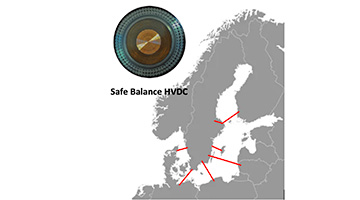 Safe Balance HVDC: Ensuring Insulation Integrity and Operational Safety in Energy Balancing
Safe Balance HVDC: Ensuring Insulation Integrity and Operational Safety in Energy BalancingThe Safe Balance HVDC project aims to enhance the reliability of Sweden’s HVDC transmission system in response to new European regulations that demand quicker energy balancing.
Read more -
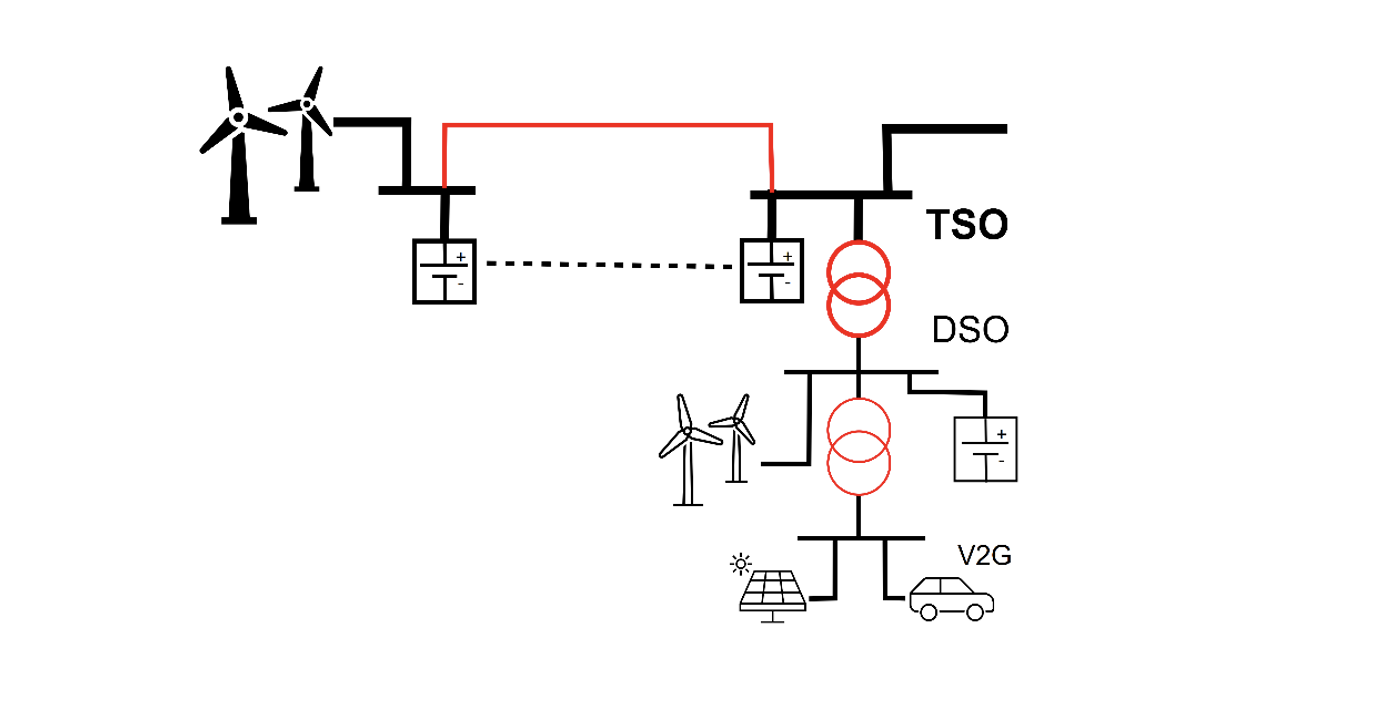 Managing Grid Capacity with Storage
Managing Grid Capacity with StorageThis project aims to assess methods to increase the capacity of the Swedish power system using energy storage as well as enhanced control of generation and consumption.
Read more -
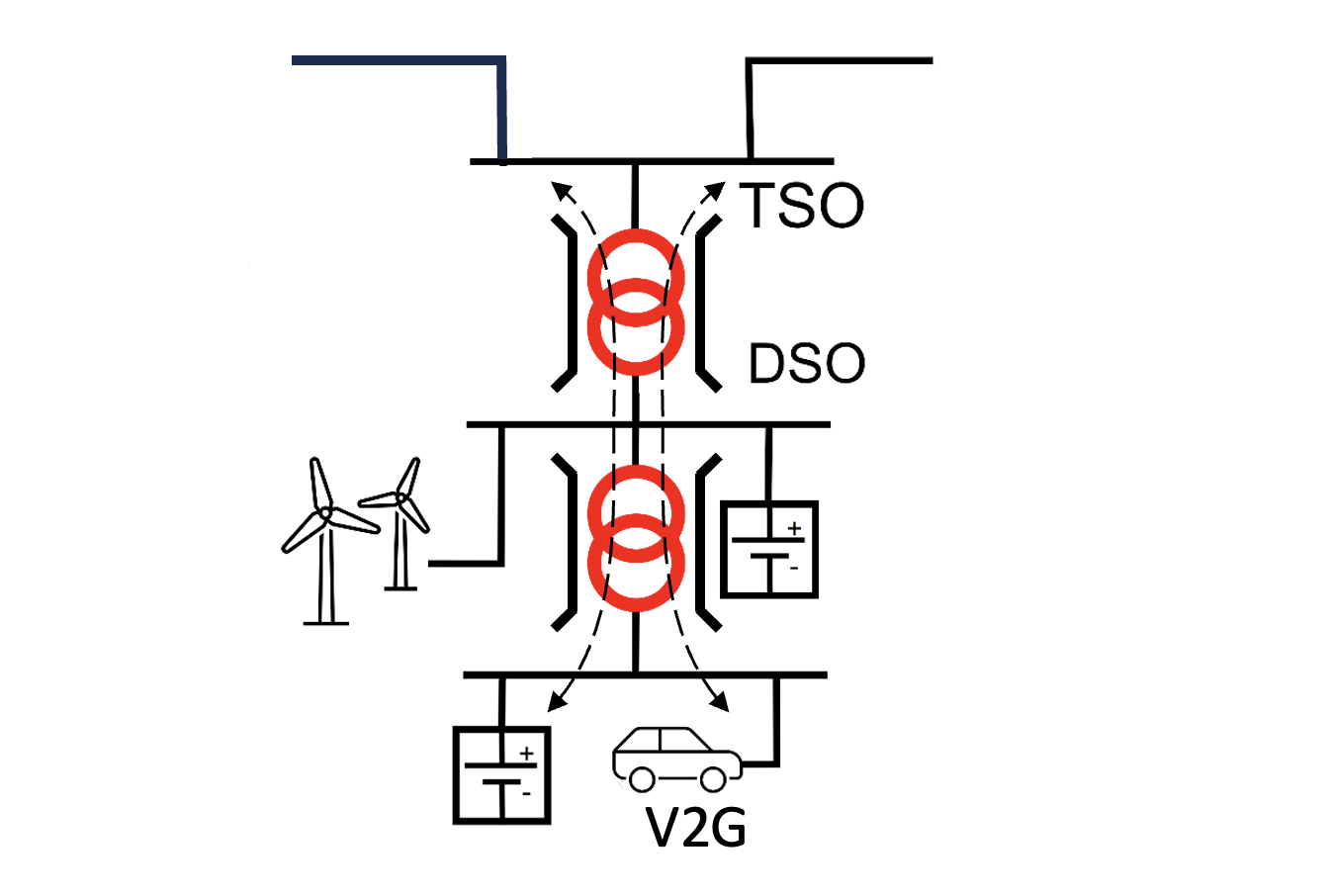 Coordinating DSO operation and TSO services
Coordinating DSO operation and TSO servicesThis project aims to assure that all DSO (Distribution System Operator) grid assets operate within voltage and current limits while exploiting as much as possible of the flexibility offered by low voltage battery storages to the TSO (Transmission System operator).
Read more -
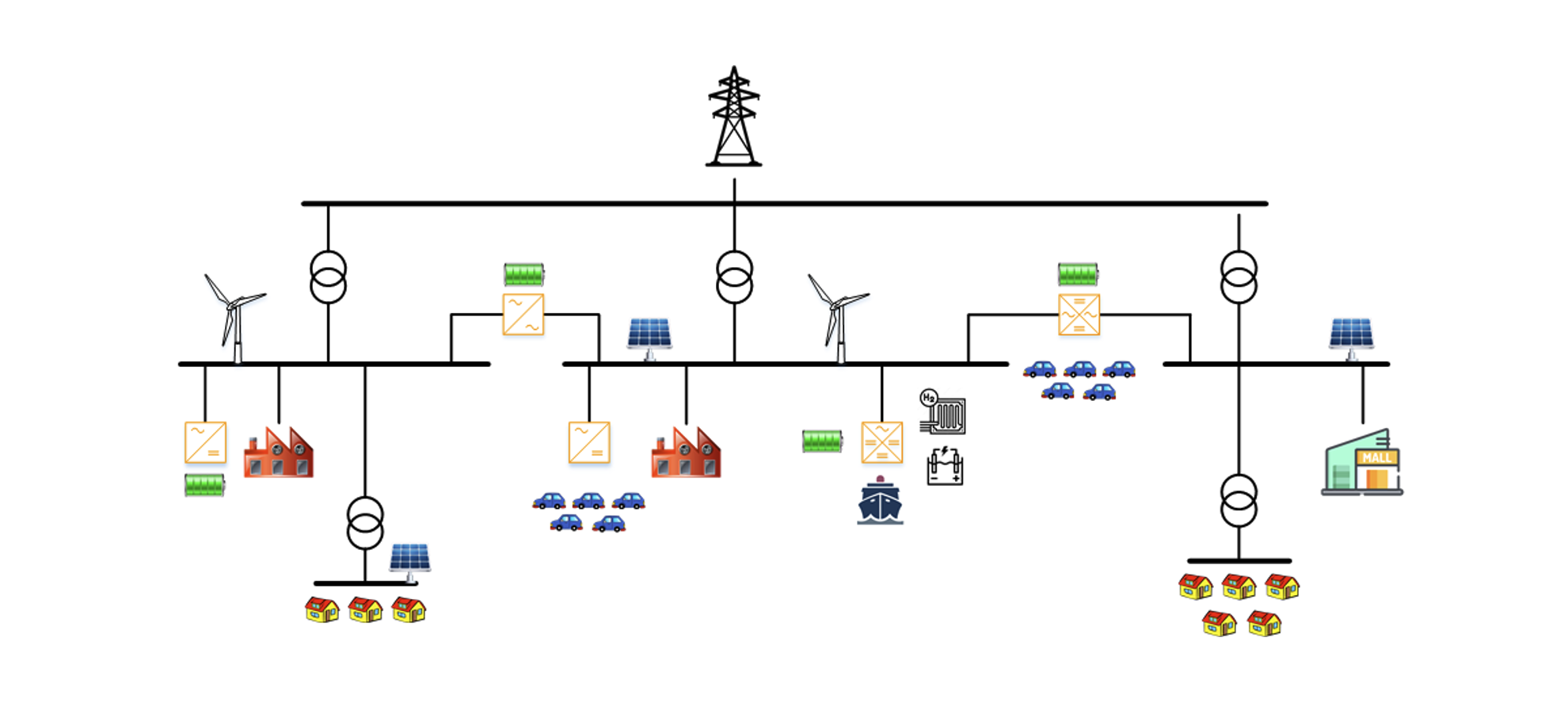 Power-electronic solutions for resiliency and capacity enhancement in MV grids
Power-electronic solutions for resiliency and capacity enhancement in MV gridsThe aim of this project is to propose, develop and evaluate power-electronic based solutions for enhancement of the resiliency and capacity of the future distribution grids in the voltage range between 10 kV and 33 kV.
Read more -
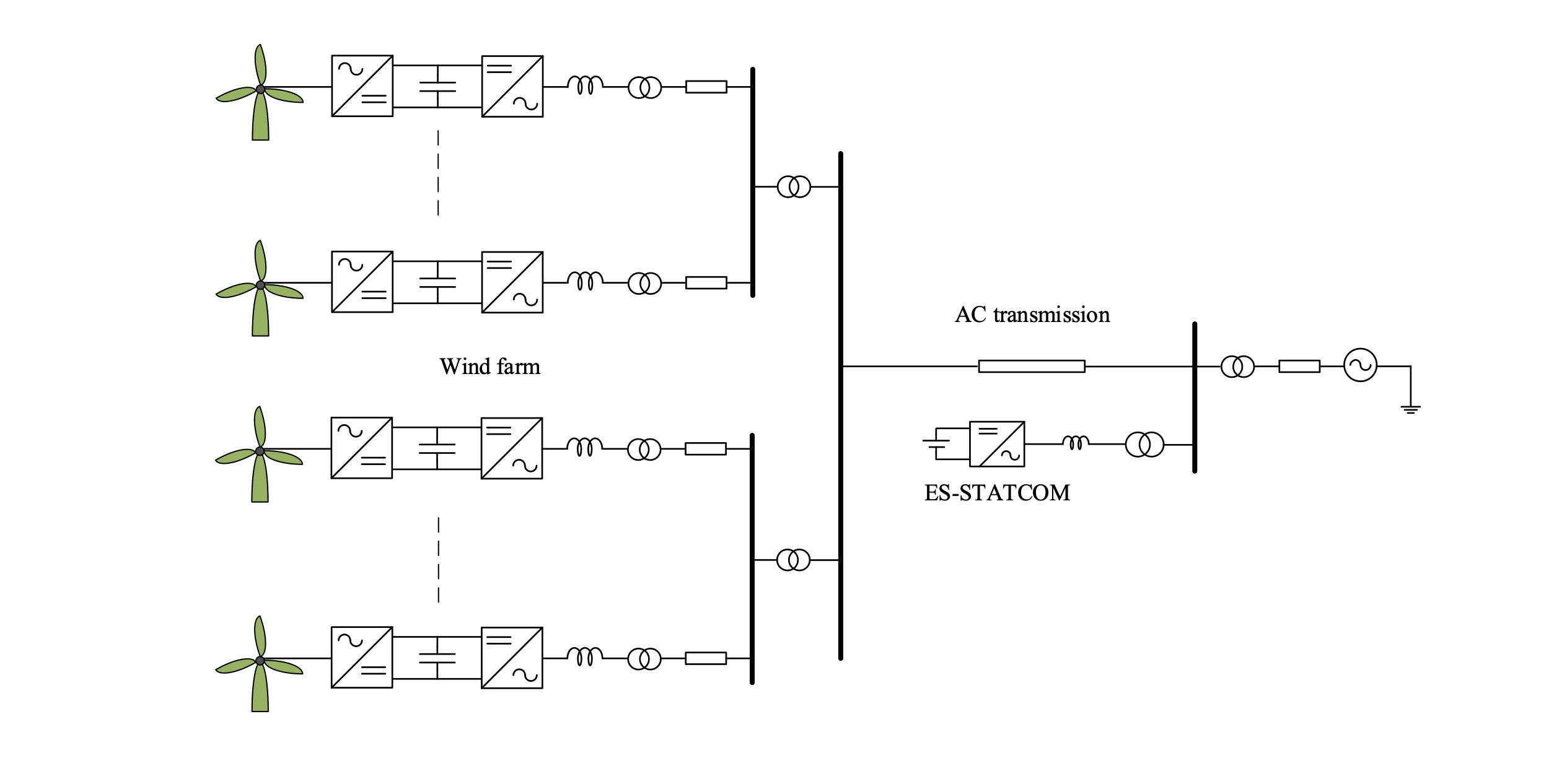 High voltage ac-transmission systems for grid-connection of offshore wind farms
High voltage ac-transmission systems for grid-connection of offshore wind farmsThis project aims to explore and compare two key technologies used to transmit electricity from offshore wind farms to the shore: HVAC (High Voltage Alternating Current) and HVDC (High Voltage Direct Current). The goal is to understand the practical limitations of HVAC, particularly over long distances, and identify how it compares to HVDC.
Read more -
 Global value chains for local energy systems
Global value chains for local energy systemsA transition to an electricity system based on solar and wind power and a range of new energy conversion and storage technologies will shift the geopolitical and environmental concerns from fuel supply and combustion to the entire value chain of energy devices. The aim of this project is to monitor and analyze the temporal evolution and spatial distribution of these value chains by compiling datasets of global product flows.
Read more -
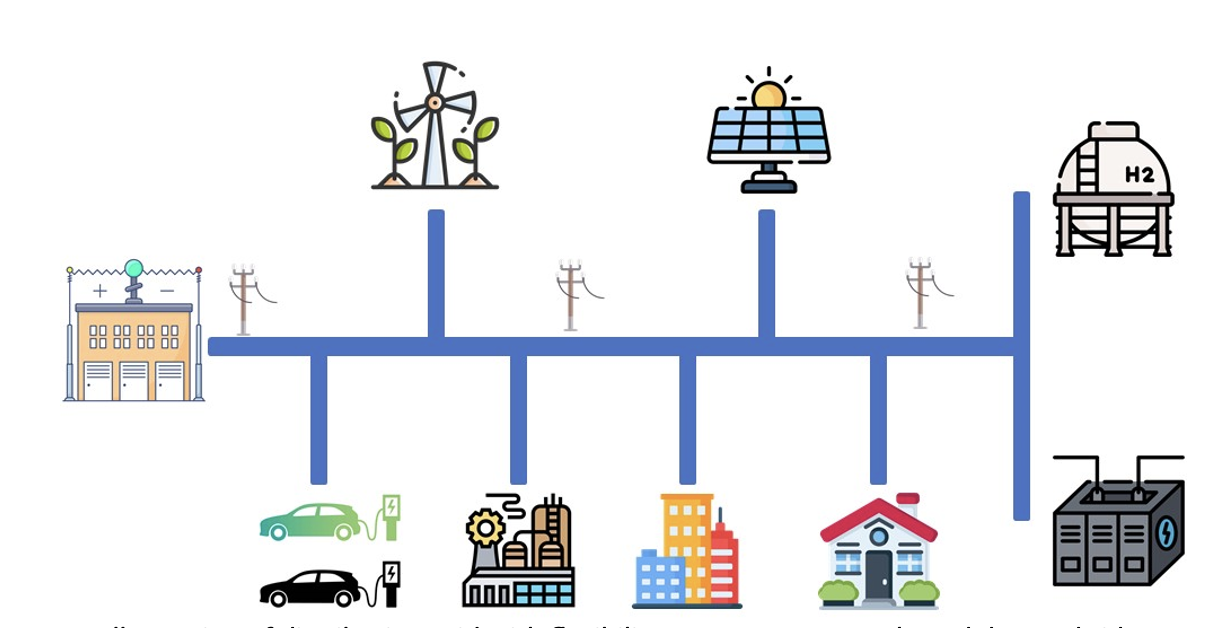 Role of flexibility measures in distribution grids
Role of flexibility measures in distribution gridsIn the transition to climate neutral energy systems, electrification of the industry and transport sectors enabled by electricity from wind and solar power play a central role. Finding means to balance a varying electricity supply from solar power and wind power with electricity demand on distribution grid level can facilitate the energy transition on this level. Thus, the aim of the proposed project is to assess the role of flexibility measures to balance supply and demand in distribution grids.
Read more -
 Three aspects of balancing – production, energy storage and new consumption
Three aspects of balancing – production, energy storage and new consumptionThis project targets all three sources of flexibility – consumption, generation, and storage – to support the development towards electricity supply from 100 % renewables generation.
Read more -
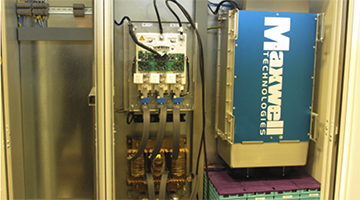 Piloting dynamic Fast Frequency Reserve (FFR) from Energy Storage Systems
Piloting dynamic Fast Frequency Reserve (FFR) from Energy Storage SystemsThis project explores a new approach called dynamic Fast Frequency Reserve (FFR), using advanced energy storage systems to quickly respond to changes in grid frequency.
Read more